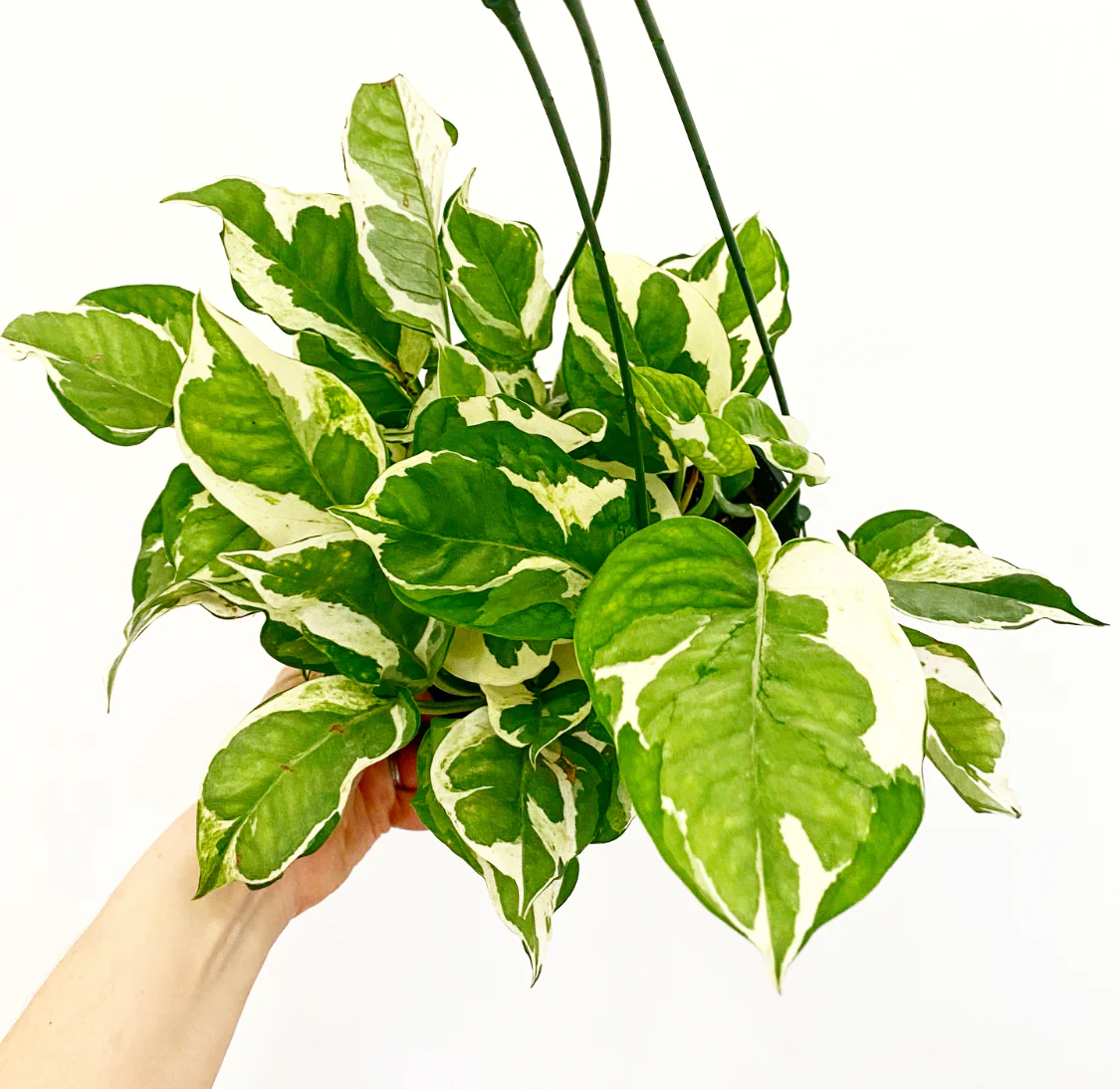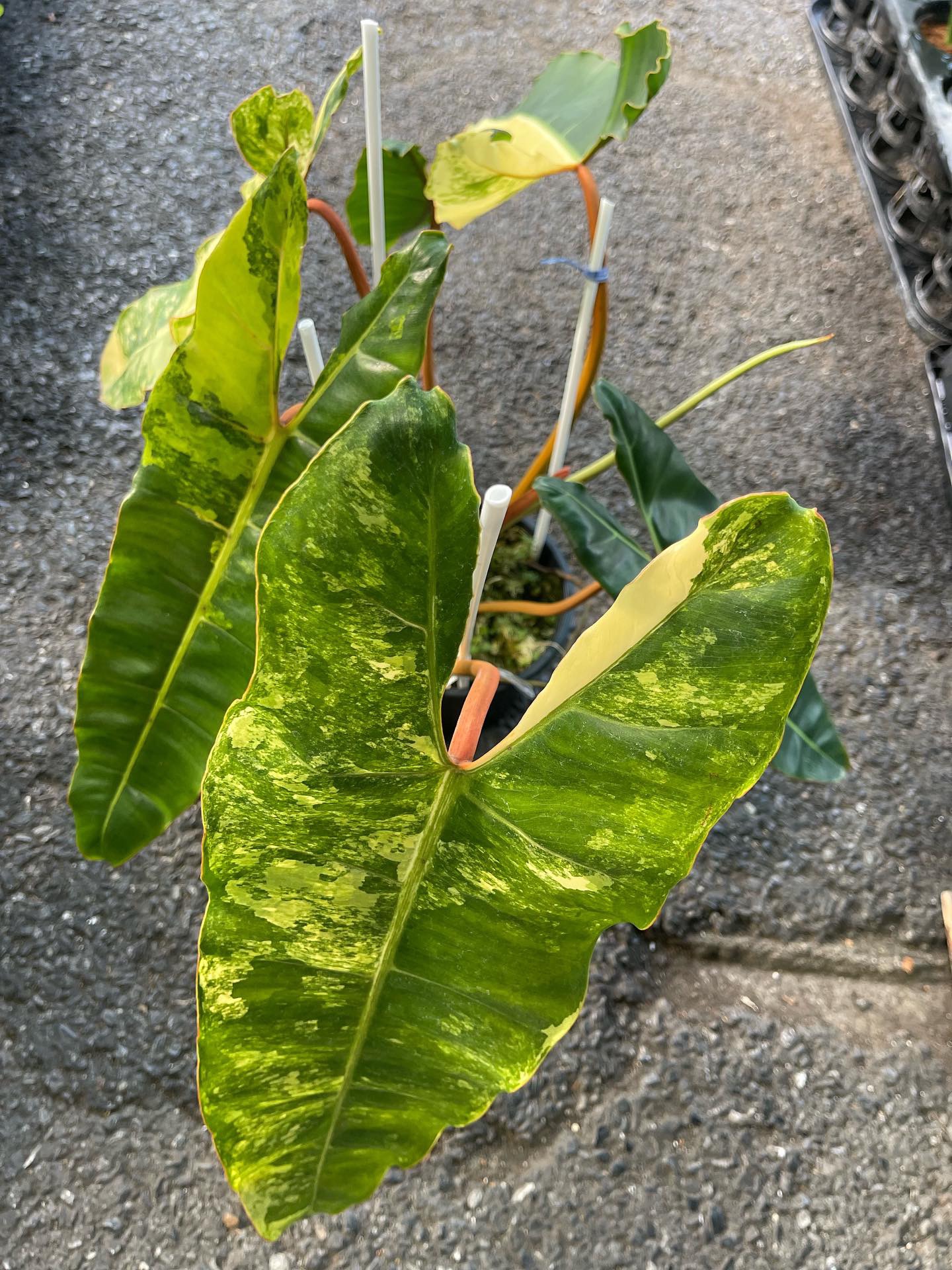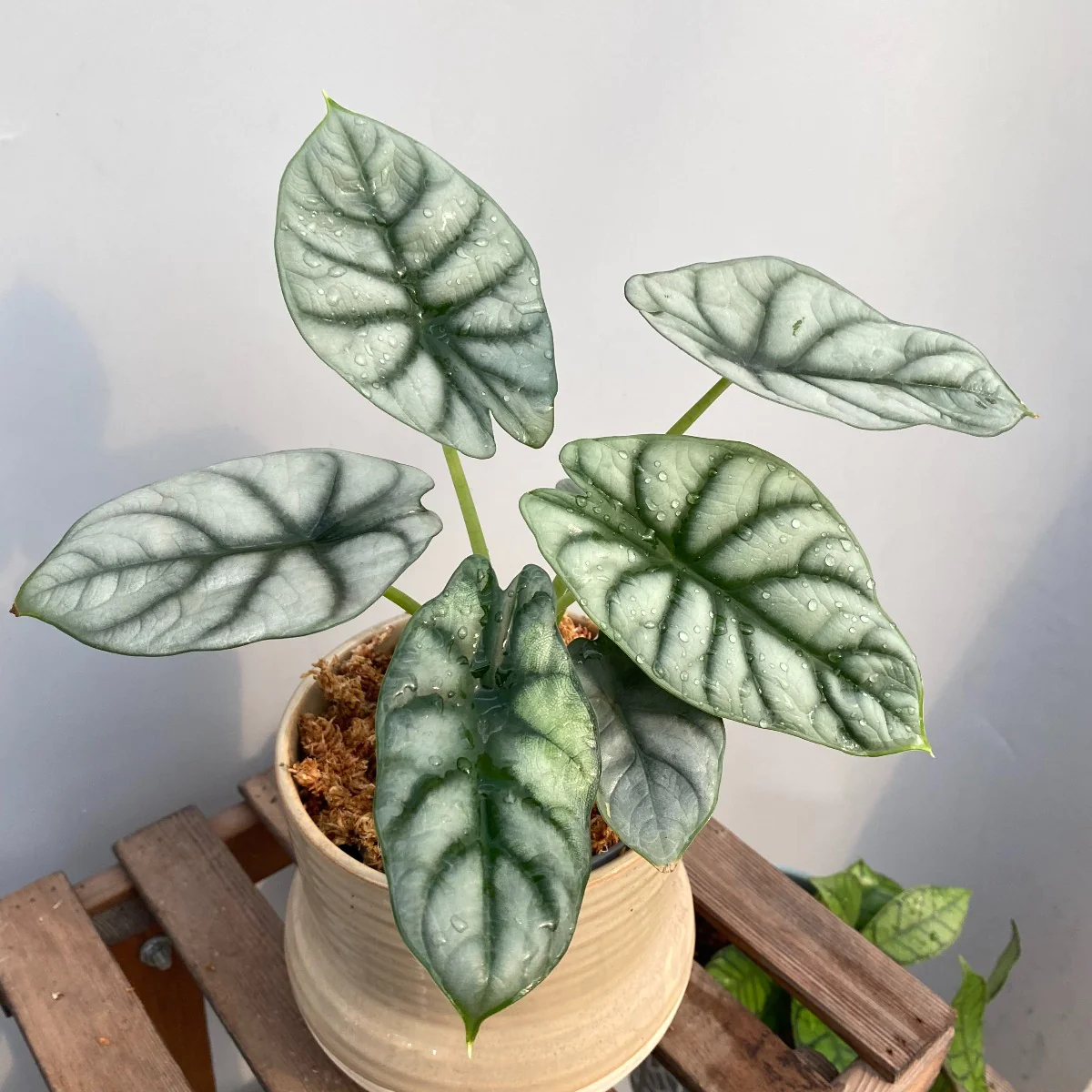Aroids, or members of the Araceae family, are a diverse group of flowering plants that include many popular houseplants. Originally from tropical regions around the world, aroids are characterized by their unique flower structure called a spadix and spathe. With over 3700 species, they come in a wide array of shapes, sizes, and colors.
Growth Habit and Structure
Aroids can be anything from tiny trailing plants to giant tree-like specimens reaching over 25 feet tall.
Leaves
The leaves of aroids vary drastically between species. Some have delicate lacy foliage while others have huge elephant ear-shaped leaves. The leaves emerge directly from the soil, with no stem present on most types.
Flowers
The flowers of aroid plants are very small and packed densely onto a fleshy spike called the spadix. The spadix is sometimes enclosed by a modified leaf known as the spathe. The spathe can be brightly colored, helping attract pollinators to the tiny hidden flowers of the spadix.
Popular Houseplant Aroids
Many members of the Araceae family are commonly grown as houseplants. Their exotic foliage and flowering structures make them interesting additions to indoor plant collections.
Pothos
Easily the most popular of all houseplant aroids is Epipremnum aureum, known as Pothos or Devil’s Ivy. With its ease of care, trailing habit, and variegated leaves, Pothos is ubiquitous in homes and offices. It requires little light or water to thrive.

Philodendrons
There are hundreds of Philodendron species from the tropical Americas. Philodendrons are known for their heart-shaped leaves and tendency to vine. Many make excellent hanging basket plants, including the velvet-leafed P. hederaceum and the split-leaf P. bipinnatifidum.

Caring for Aroid Houseplants
While specific care varies between aroid species, there are some general guidelines to follow for growing most household aroids.
Light
Many popular aroids thrive in bright indirect light, although some tolerate lower lightconditions. Direct hot sunlight often burns their foliage. Bright light helps bring out the best coloration.
Water
Water aroids whenever the top inch of soil is dry. Overwatering can easily lead to root rot with these tropical plants. Provide high humidity if possible.
Temperature
Aroids flourish in warm indoor temperatures between 60-80°F. Cooler temperatures may slow growth and prevent flowering.
Using Aroids in Gardens
In tropical zones, aroids make excellent outdoor plants. Their lush foliage and unique blooms provide plenty of visual interest to gardens.
Tropical Effects
The huge leaves of alocasias and colocasias offer a dramatic tropical look, especially when planted in groupings. Contrast these bold plants with fine-textured ferns and grasses.

List of the most sought after rare aroids in 2023
Shade Gardens
With their preference for shade and moisture, many aroids blend nicely into gardens beneath trees and shrubs. Add color and charm under the canopy with selections like anthuriums and caladiums.
Toxicity of Aroids
Most members of the Araceae family contain calcium oxalate crystals. This gives the plants a toxic, irritating sap. All parts of aroid plants should be considered toxic if ingested and contact with sap avoided. Pets and small children should not be allowed access. With responsible care and handling though, aroids can safely add wonderful charm to indoor and outdoor spaces.
Conclusion
The Araceae family contains some of the most popular and unique houseplants grown today. Their tropical foliage and unusual flowering structures add exotic flair wherever they’re placed. A little understanding of their preferences for warm temperatures, indirect light, high humidity, and well-draining soil will allow them to thrive. Avoid overwatering to limit diseases. While toxic if eaten raw, aroids are very safe to grow when some simple common sense care is provided. They make excellent plants for both indoor and outdoor tropical gardens.
See more Discover the Order of Araceae: Unlock Nature’s Secrets!

